A scientist in his laboratory is not a mere technician: he is also a child confronting natural phenomena that impress him as though they were fairy tales.
-Marie Curie
The Normandie Club sits on the corner of 6th Street and Normandie Avenue in Los Angeles’ Koreatown beneath the historic Hotel Normandie. As you walk inside you’ll see a quaint bar positioned to your left in front of a simple brick wall painted white; it’s classic in composition. The room has a wall of street-facing windows, creating a dialogue between patron and passerby—two worlds separated by a thin pane of glass. It is common to be oblivious to detail when you enter a new environment that is designed seamlessly. This innate blindness—the human disposition of taking something for granted—is simple sin. Unless we are intentional in our vision, each element of design that was thoughtfully curated might go unnoticed. This is no different when it comes to the design of a bar, or even the design of a cocktail. If something is designed to perfection, we are able to just exist within the environment we inhabit. However, if we don’t observe everything that went into creating the delicious cocktail we are sipping over conversation, it’s actually a testament to the creator of the drink.
One such architect of drink and space is also an alchemist, an innovator, an entrepreneur and an educator: Alex Day of Proprietors LLC. Although he is only one member of the core team—which also includes David Kaplan and Devon Tarby—Day is infamous for his approach to creating sophisticated cocktails. He is both scientist and artist, both mad and focused with a vision to elevate the consumer’s experience within the realm of cocktails.
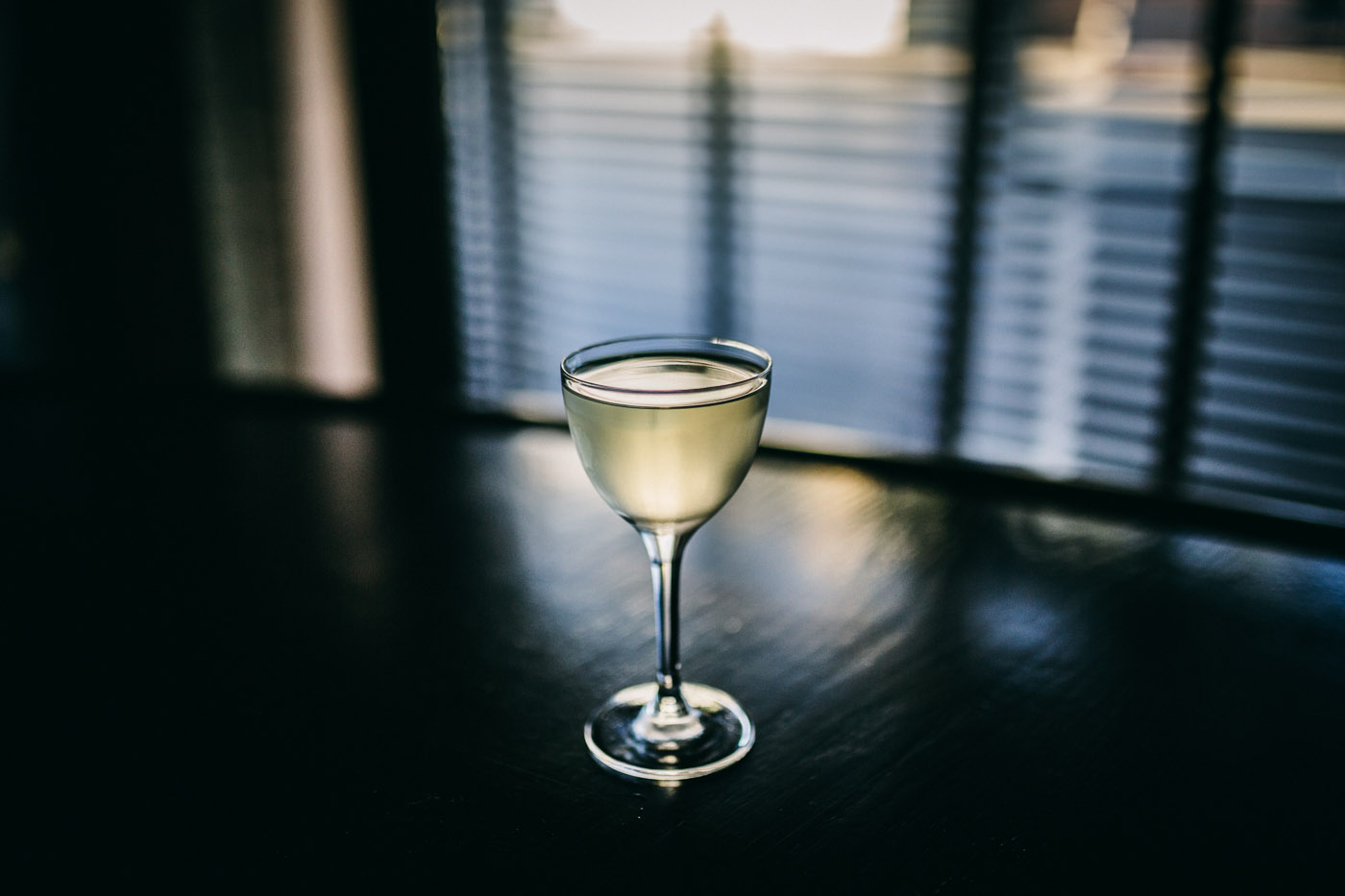
It’s Sort Of Like A… Martini recipe
2 oz. Grey Goose Vodka
1 oz. Alexander Jules Fino Sherry
1 tsp. Raw White Honey Syrup
Method: Stir / Strain
Glass: Nick & Nora
Garnish: Atomized Sel Gris (grey sea salt mixed with water, sprayed on top of drink)
Origin: Devon Tarby & Alex Day, The Normandie Club 2015
Utilizing his background at the legendary Death & Co. and various other bars such as Milk & Honey and The Varnish, as well as receiving mentorship from cocktail veterans like Joaquin Simó, Phil Ward, Brian Miller, Audrey Saunders and Sasha Petraske, Day continues to experiment with libations. He can be found talking passionately about his carbonator, dehydrator or rotary evaporator he uses to create cocktails that are not only delicious, but a statement.
Behind the scenes at The Normandie Club, you are walking into a literal laboratory (and a spirit enthusiast’s playground)—a space where drinks can be prepped and tested with various fruits, spirits and clarified juices. And when designing one of their bars (Death & Co., Honeycut, Nitecap, 151 Rivington, The Normandie Club) or creating a cocktail program, the Proprietors team ensures that “every element is there for you purposefully,” says Day.
The Proprietors team opened their newest venture, The Normandie Club, early this year. This comes on the tail of the successful release of Death & Co: Modern Classic Cocktails, a book containing over 500 recipes. Rather than composing names for each drink for their newest bar, Day and Tarby decided to create a cocktail program reminiscent of the basics. You will find on their menu the title “It’s Sort of Like a…” followed by a manhattan, old fashioned, spritz, daiquiri or their signature martini. Each cocktail is an alternate take on a classic. Rather than containing mere bourbon, sugar, bitters and possibly an orange rind, the old fashioned contains coconut bourbon (created using a sous vide immersion circulator to infuse the coconut with the bourbon), apple brandy, spiced almond demerara and angostura bitters—same formula, different ingredients.
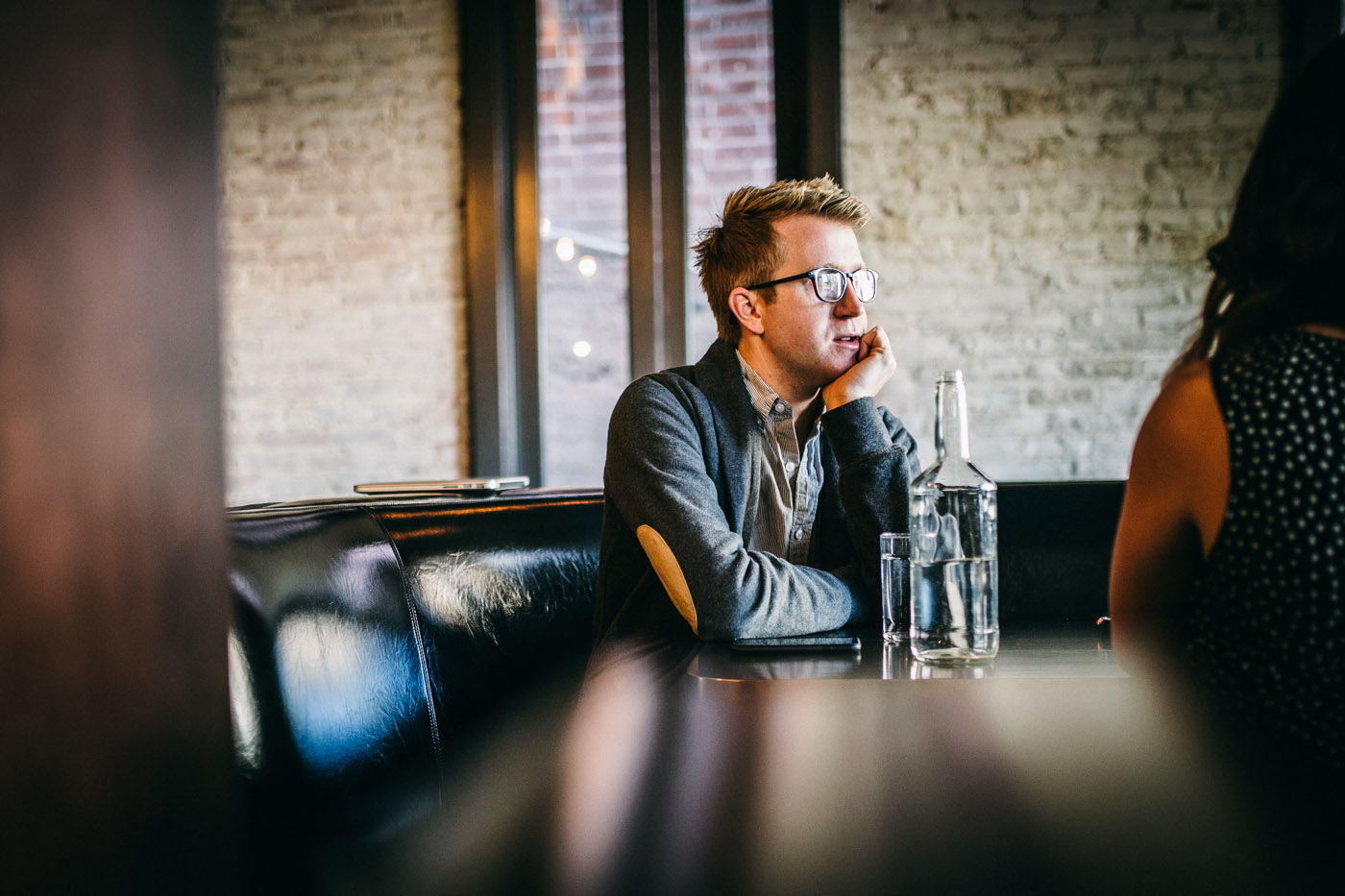
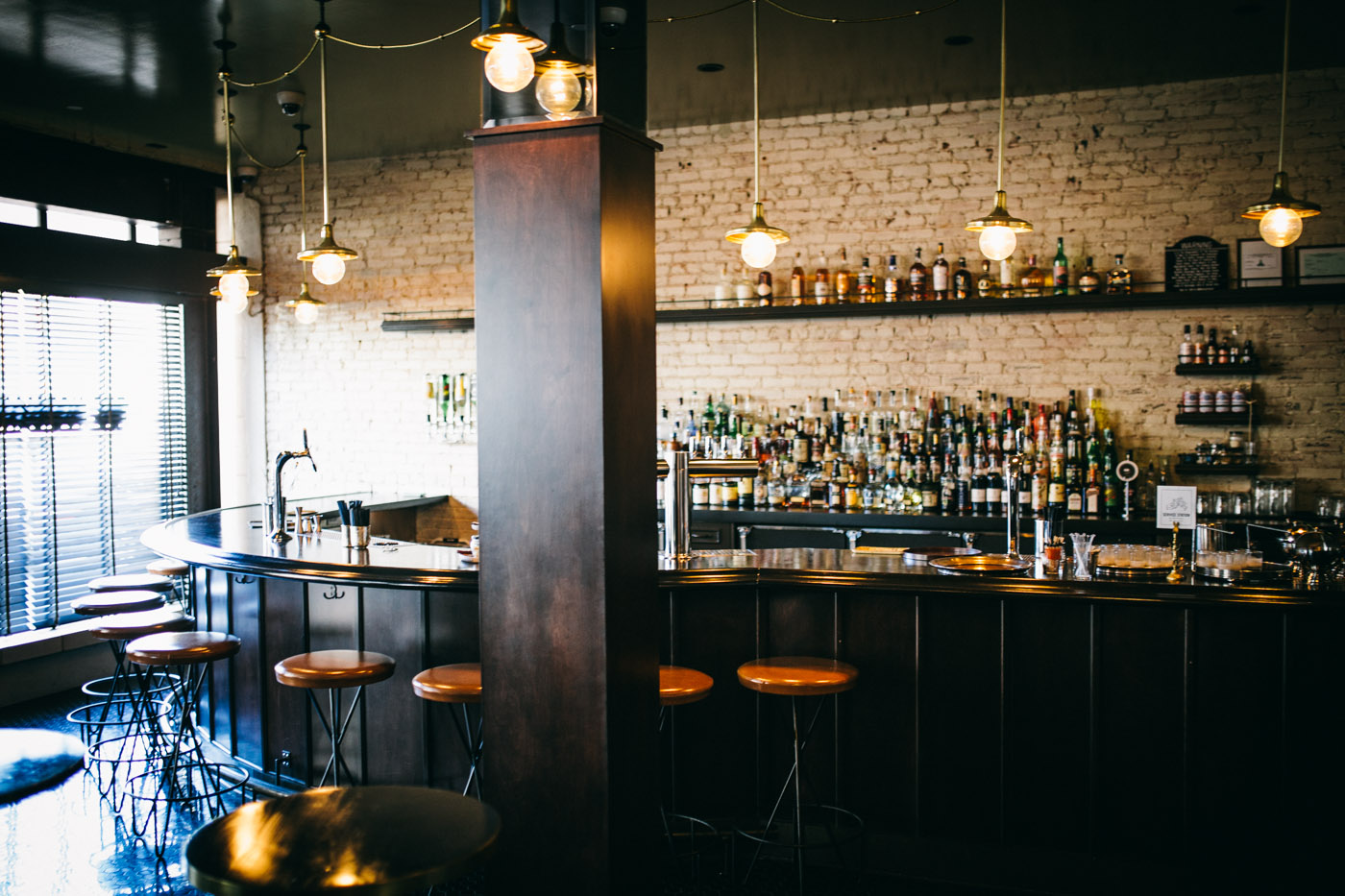
The same goes for their vodka martini. “It has this obscenely special Fino sherry you can only get in California. It has this beautiful, raw, white honey and atomized sea salt on top,” Day says enthusiastically. “It is the torchbearer of elegance. You can’t do that drink without those specific ingredients. That is the most exciting drink to us. You can’t reproduce that anywhere else” (we have the recipe for you below). Each cocktail on their menu is a step toward advancing your palate while sitting at your neighborhood bar. Each cocktail is a chance for you to enjoy being in the moment.
The Normandie Club’s cocktail program is an exploration of nuance. “As you get more tuned in and learn more, you become more interested in the subtle differences between things that are similar to one another,” explains Day. The more you become acquainted with the variations of a classic, the more you become acquainted with who you are and what you want—the more you become acquainted with the subtleties you might have once been blind to.
Tell me your story…
My story within this industry begins when I was 15. I worked on a catering crew in a little kitchen. That was my first exposure to making things for people. At that point, that was never something I thought I wanted to do. Then I got into music production—that’s what I originally went to school for.
I went to college in Northern California at first and figured out that’s not what I wanted to do. I magically discovered academia. I worked very hard to transfer to NYU. I started studying there, which exposed me to living in New York. I needed to have a job, so I got a job as a bar-back. That was the first time I had ever really been around a bar.
I’m kind of obsessive, in general. The moment I have something new to do and it has a level of excitement, fun, intrigue, and there’s lots to learn I usually go down a rabbit hole with it. And it was a bit like that in the beginning with first being a bar-back and then a bartender. And lo and behold, academia or pursuing a higher education just didn’t appeal to me when I got toward the end of it.
I was looking around at what I wanted to do, I looked back at music and thought about music management and did a couple internships and that was just awful. About that time, Death & Co. opened around the corner from where I was living. It was this moment of revelation for me when I sat down at that bar and got my first drink from Joaquin Simó. It was a drink called an Aviation.

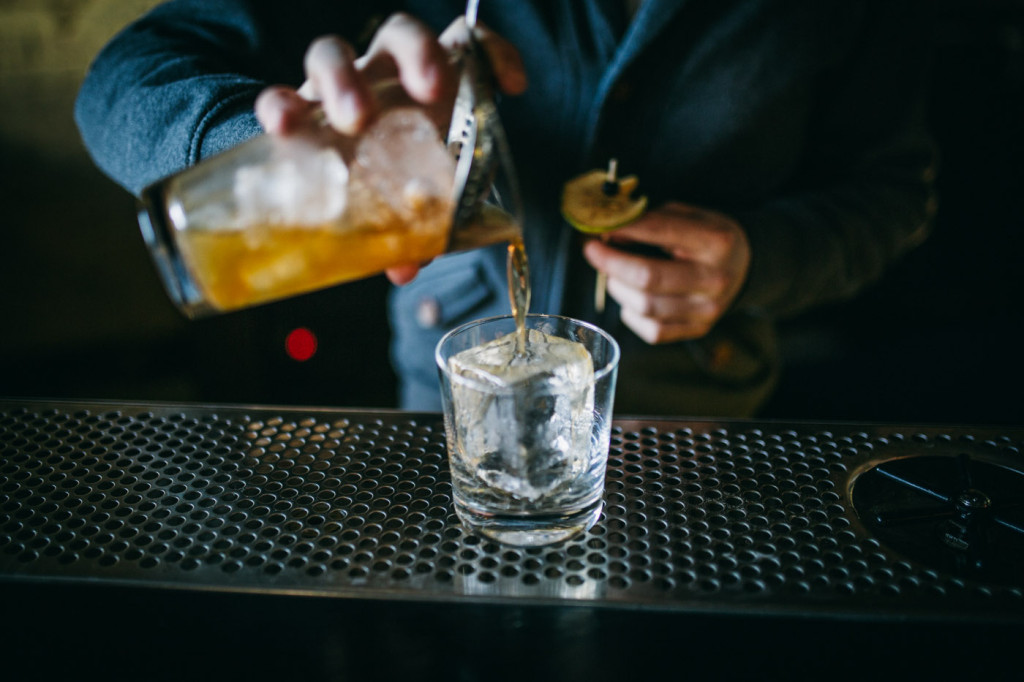
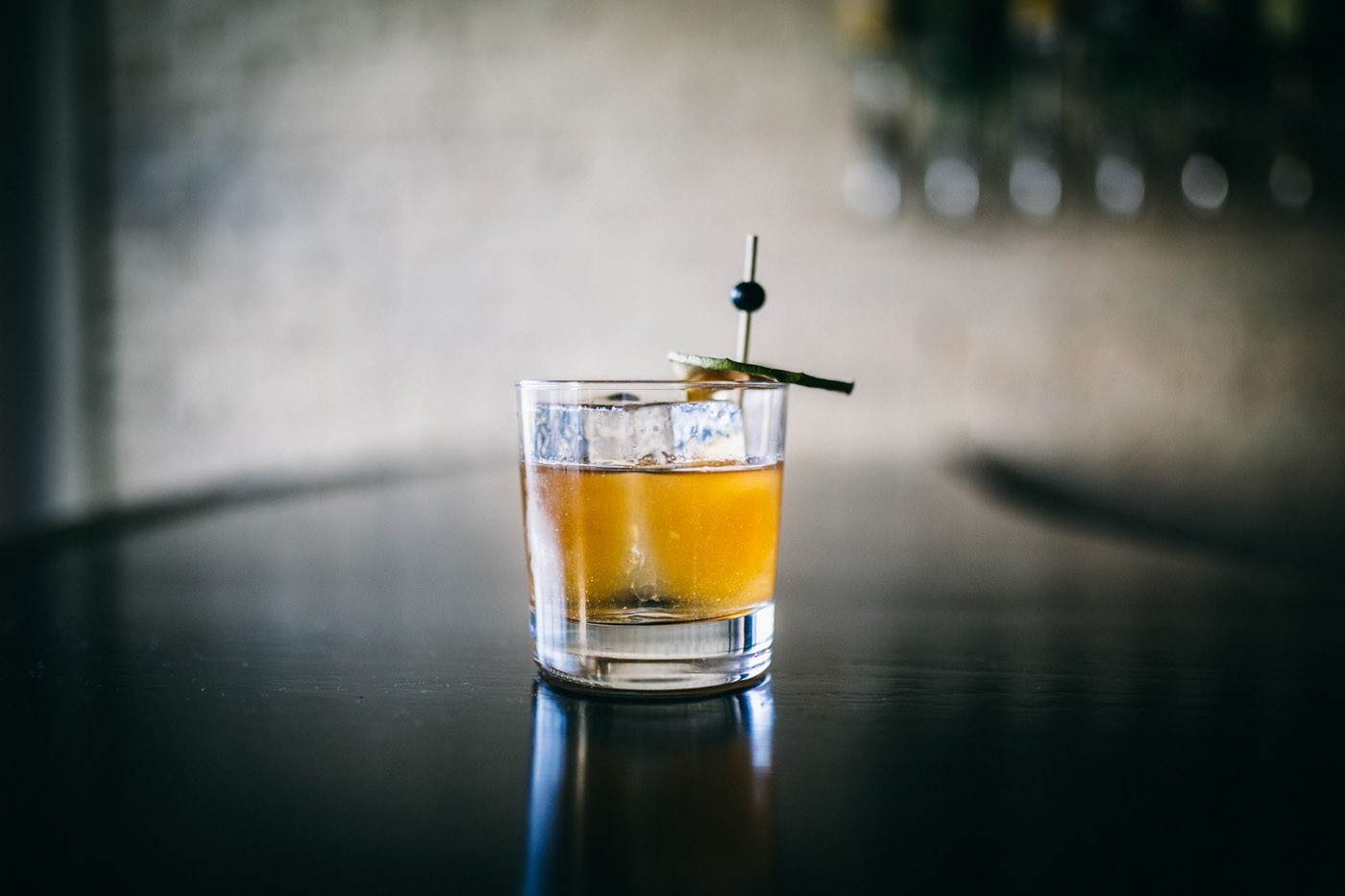
Were you actively going out to other bars at the time?
I was just going out and drinking, to be honest. But there weren’t that many bars that were doing the cocktail thing at that point. And Death & Co. was two blocks away from where I lived. It really changed my perspective on what a bar could be. It had a lot to do not only with the drinks, but also with the people. And that was really exciting to me.
In true form, I became obsessed with it and spiraled down into studying everything I could. I got a job at Tailor. Then I got the job at Death & Co. and the job at Milk & Honey, and it all evolved from there.
What did your parents think?
My older brothers are very successful at what they do. With my oldest brother in particular, everyone knew he was going to be successful. He’s very smart, he’s driven, and he has a type-A personality. Even if he wasn’t actively making lots of money, he had the attitude that he was doing something of value and he was excited about it. That sort of set the tone within the family. I think it’s largely reflective of my dad and mom and their work ethic.
I was by far the most expensive child going to college—going to fucking NYU. They were like, “It’s been two years since you got this degree. What are you going to do?” Of course they didn’t understand. This was really the birth of it exploding in New York—craft cocktails becoming this big thing.
They came out for a visit and I knew this was a visit for my dad to have “the talk” with me, so I prepped for it. When they came out I took them around the city to Pegu Club and I explained the situation to Audrey Saunders and she was there waiting and it was like the red carpet rolled out. We went to Milk & Honey and it was the same thing.
That was a pivotal moment where he took me aside and was like, “I see what you’re doing. I see what this is. Go for it.” And they never really looked back. My dad’s a very intelligent businessman and as our businesses have grown he was always there helping with the contracts and figuring out the business side of things.
Walk me through becoming a bartender and partner at Death & Co., as well as starting Proprietors LLC.
I met Dave after I had become a regular and I was trying to find a way to get a job there. I was the only one younger than him, so that was appealing to him. So I got him drunk at my bar and somehow convinced him to give me a job about six months after they opened working the Sunday swing shift. I slowly grew my value in knowledge and worked there more and more as shifts opened up and opportunities arose.
Dave and I pretty quickly discovered we had strong similarities in what we wanted to do. We both loved a lot of the historical components of cocktail culture and cocktail bars, and were very excited about seeing how that could be expressed in different environments.
At that point I had started to get burnt out on New York. Dave is from a small mountain town, so am I. He was like, “I want to get out of here. I want to move to Los Angeles.” Then he made me come out here and I saw a side of it that was really exciting. We saw an opportunity here to do significant work and that we could express what we wanted to do in cocktail culture in a city that was very flexible and free of convention in a lot of ways. It doesn’t have a deep history of bar culture. We saw that as a great opportunity and fertile ground. Then we were approached by somebody to help build a bar in Philadelphia, so that’s when we formed Proprietors LLC as our organization.
We did the Franklin Mortgage & Investment Company there, and shortly thereafter decided to move out here. We had a space in West Hollywood we were locking down and it fell apart. I had spent a little over six weeks in Southeast Asia doing some consulting on my own. I had left New York, went there, and was moving here afterwards, and it all fell apart on my flight back.
We saw that as an opportunity to do some consulting when we were searching for a space. When I moved here, I asked Eric Alperin at The Varnish if I could tend bar. I knew him from back in New York, and we’re of the same family, and that family is unbelievably tight. Certain players within it are like brothers and would go to war for each other; it’s unreal. It’s some old school New York shit.
I worked a couple nights a week at The Varnish and Devon was working there. Then we took over a place called Bar and Kitchen in the O Hotel in Downtown L.A. to run it and use it as a testing ground to prove we could actually operate in L.A. Devon came and helped us out on that and started working with us on other consulting, and that was the point in which Proprietors became a real company.
We ended up getting office space, and then some of the projects we had been working on started coming together. In this last year and a half, we’ve opened four or five places of our own. The Normandie Club and the second phase of this bar are the last openings we have on the docket, at least for a little bit.
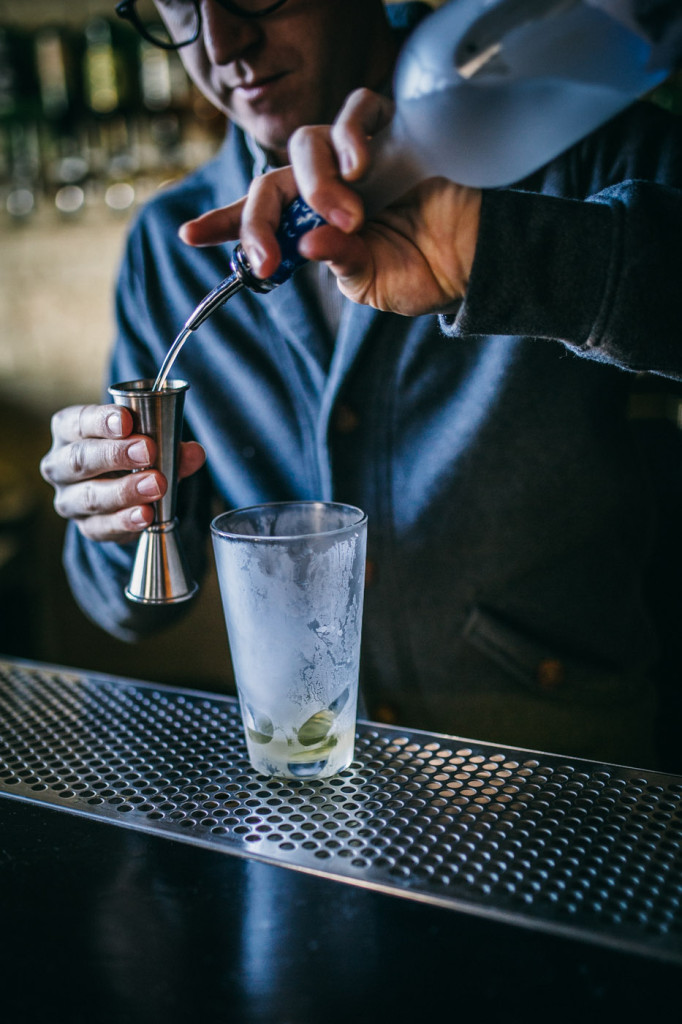
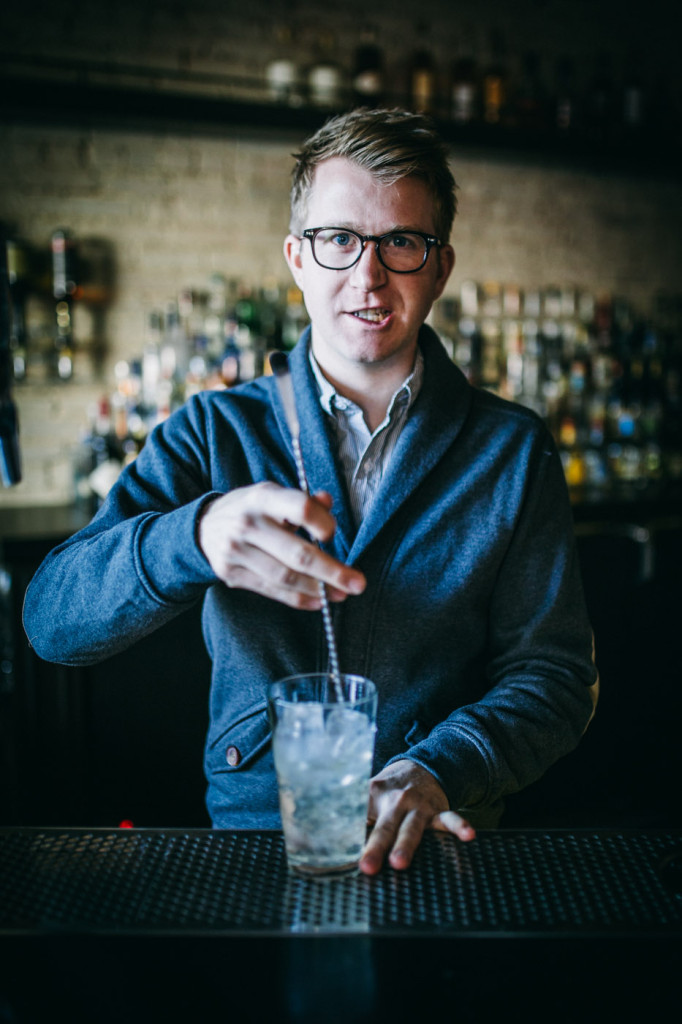
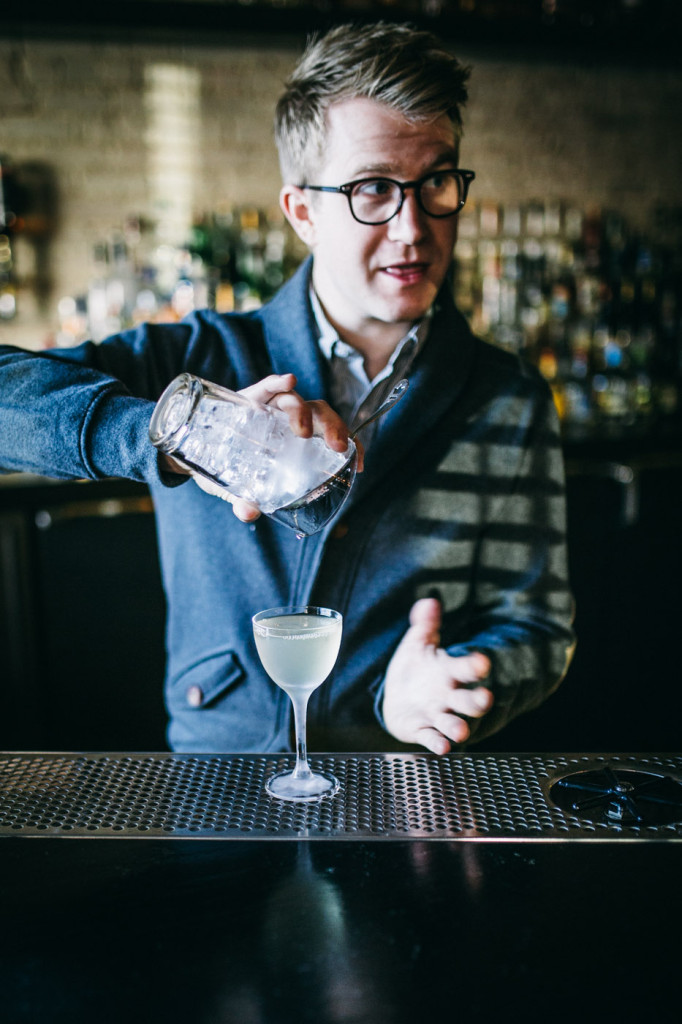
Your drinks are inspired by the classics at The Normandie Club. What was your idea behind that for the space?
The nature of having windows and it being on a street makes it less of a formal environment. So we wanted our guests’ experience to be very clear and understandable. If we’re all being honest, any drink we make is probably based on one of those formulas and the classic version of it. So we were like, “What if we just remove the naming of it?” to make the experience a little bit cleaner, and also to allow us some more flexibility. Name a drink you had recently.
I’m the type to tell a bartender, “I like old fashioneds.”
That’s an important conversation to have with people. Instead of, “Make me whatever’s popular,” how about, “What do you like?” This is an educational tool for us, although that’s not the purpose. It’s really a communication tool.
If someone randomly names a drink and it’s one of our house originals and they ask, “What’s that drink like?” “Well, it’s sort of like a daiquiri.” They’ll be like, “I’ve had a daiquiri before. I understand what that means.” That’s essentially why the menu is put that way. That then allows us the flexibility to change up these drinks whenever we want and to keep the same template and structure there, and then hopefully build a relationship with our guests. And also hopefully demystify and not scare some people from what some of the ingredients are within the drink.
What does it look like to come up with one of these drinks based on a classic?
The amount of cocktails Devon creates on a yearly basis is obscene. Often in projects like this one, we’re partners and we’re working on it together, we will have a broad understanding of what the menu will look like, and then we start whittling down from there. Much like developing a website through a process called wire framing, we do the same thing with the menu. We’ll say, “I’m going to have a spritz,” and leave an open box. Then we just start throwing ideas at the wall without even putting ingredients in a glass.
In fact, on a lot of the menus we work on together, we spend very little time putting liquid into glass until the very end when we’re finalizing. We spend a lot of time talking about the ideas behind the drinks in a very open-ended way, and then we start putting them down next to each other so there’s a narrative on the menu so we’re not repeating ingredients—so there’s variety, there’s a spectrum, and accessibility for as many people as possible. There’s a lot of waste within development, and this is the format we’ve found based upon our collective experience so we can dial in drinks really well. Making anything in isolation doesn’t meet the best result as does collaboration and partnership.
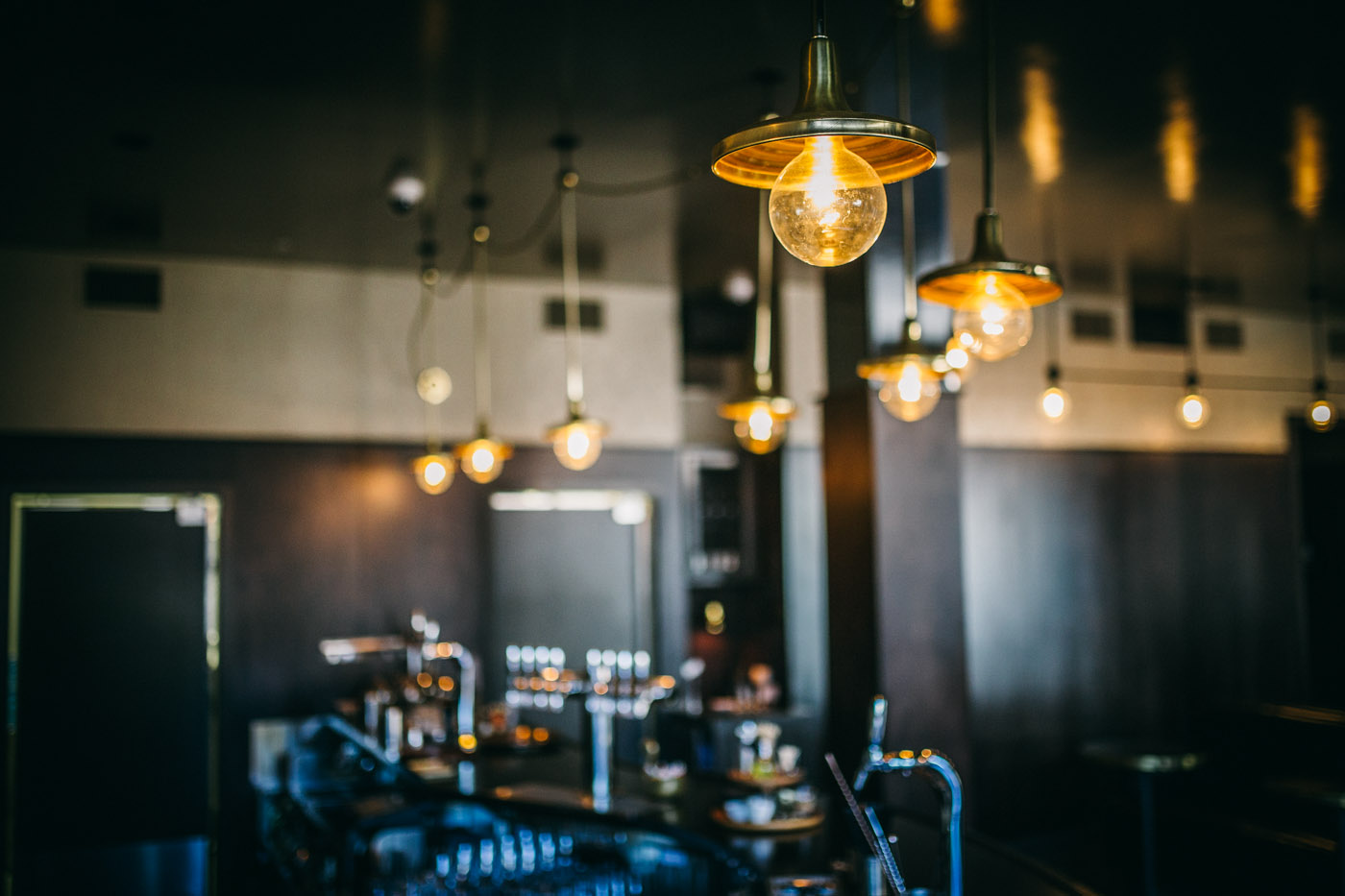
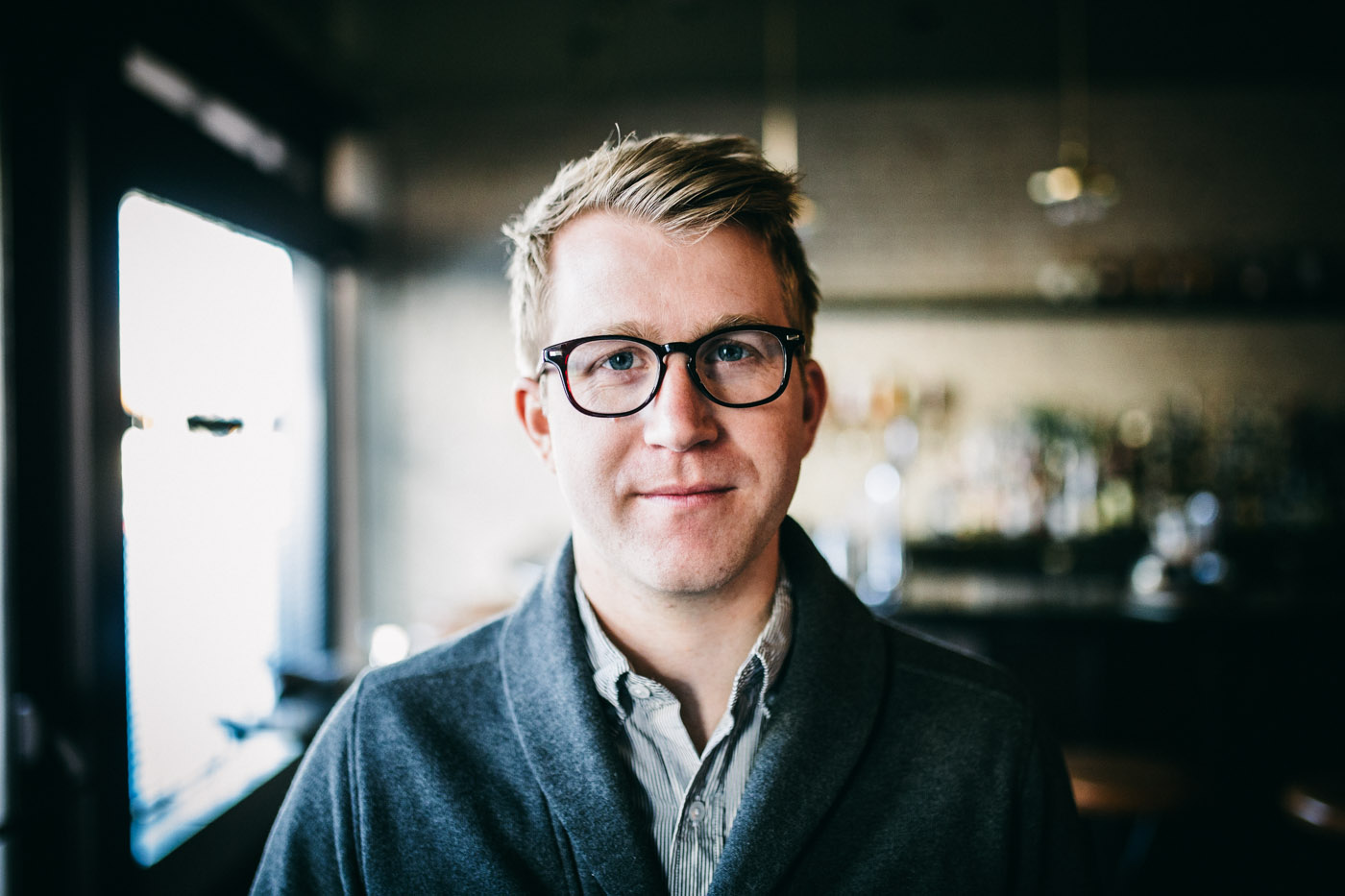
In the last five years since moving here, have you seen the cocktail scene in L.A. change?
Inevitably, I’d have to answer “yes” no matter where we are. I’ve seen a change in Los Angeles more than any other city. Up until recently, I was in New York about a week a month; I definitely still had a foothold there. It gives you an interesting schizophrenia as far as identity, but it’s also really amazing to see how Los Angeles has developed. The identity Los Angeles has formed for itself is very individual.
Five years ago when I moved here, I loved The Varnish—a New York-style bar. That’s the point, and that’s awesome. But now we’re seeing the expansion of bars that really embrace what it is to live in Southern California—to have access to these ingredients we have and run with it like crazy—and also have different environments. We could probably do a Honeycut in New York and it would be really interesting, but the fact that we established it here first is really important to me. I think that is reflective of what the market will allow you to do here, which is why we’ve seen so much expansion.
One distinct thing about Proprietors is the spatial design of your bars. They are thought out in every aspect. You think of it from the entire consumer experience.
We learned that lesson from being here in Los Angeles. I would give a lot of credit to the Houston Brothers for a shift in our mentality when we moved here. We saw that they not only they have rich environments and beverage programs that are distinct, but they have an emphasis on what you’re doing there. In New York, you need to be at a certain bar because otherwise you’re never going to leave your shitty studio apartment on Avenue C. Often you’ll go to a bar because it is your living room.
Here, that’s not necessarily the reason to go out. The social aspect is similar, but you need to go for a purpose. Honeycut really is a reflection of that. There’s something to be immersed in. The Normandie Club, however, is probably more New York-style than any of the other ones. It’s just a civilized place. Come have drinks with your friends and enjoy their company.
—
The Normandie Club
3612 W 6th St, Los Angeles, CA 90005





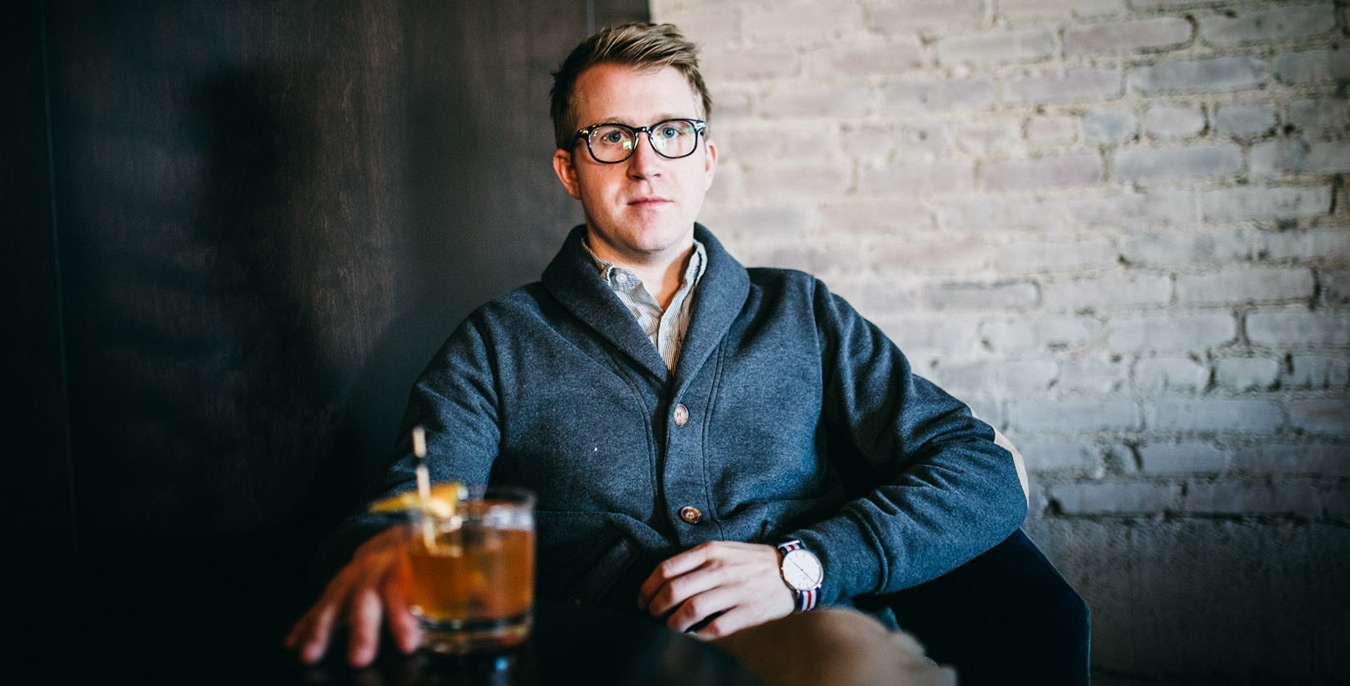

Our comments section is for members only.
Join today to gain exclusive access.